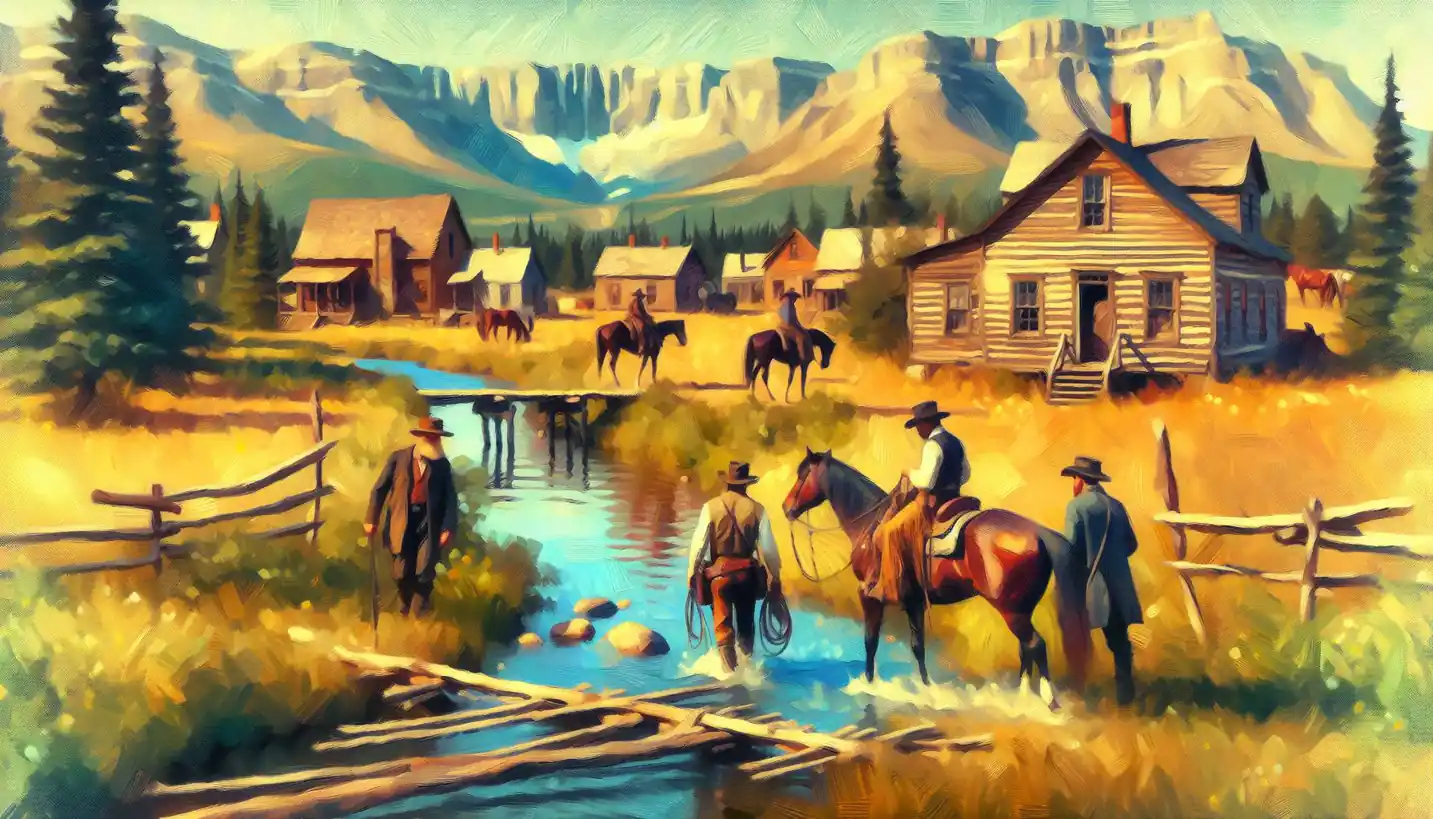· History · 4 min read
Partisan Warfare Through the Ages: A History of Guerrilla Tactics
Partisan warfare, with its guerrilla tactics, has influenced military history across ages. Dive into the resilience and strategic ingenuity of these irregular forces.

Throughout history, the battlefield has seen many forms of warfare, but few are as intriguing and elusive as partisan warfare. This concept often conjures images of small bands of fighters using the shadows of forests or the cover of night to launch surprise attacks on larger, more conventional forces.
Partisan warfare, or guerrilla tactics as they’re sometimes called, involves irregular combatants using unconventional methods to fight stronger armies. This approach has shaped conflicts throughout history, proving that strategy and surprise can sometimes outweigh sheer numbers and firepower.
Roots in Ancient Conflicts
The idea of using irregular, surprising tactics isn’t new. It stretches back thousands of years. Think of ancient civilizations that didn’t have vast armies at their disposal. They had to rely on their wit, terrain, and unpredictability to fend off larger foes.
One of the earliest recorded examples is the struggle between the Roman Empire and various tribal groups in Europe and the Middle East. These tribes, lacking the organized legions of Rome, would attack swiftly and retreat just as fast, creating chaos and stretching the Roman resources thin.
The Role of Terrain and Nature
The landscape plays a crucial role in partisan warfare. Fighters often use their environment to their advantage. Dense forests, treacherous mountains, or vast deserts can be an ally to those who know how to navigate them. These terrains allow smaller forces to hide, surprise, and outmaneuver larger armies unfamiliar with the local geography.
A famous example of this is the Vietnamese resistance against French and later American forces. The dense jungles offered a perfect cover for the Viet Cong, who mastered the art of guerrilla warfare, launching surprise attacks and disappearing into the wilderness.
Guerrilla Tactics during the American Revolution
Across the Atlantic, the American Revolutionary War provides a prime example of early partisan warfare impacting the outcome of a conflict. American colonists, facing the might of the British Empire, couldn’t rely solely on traditional battles. They adopted hit-and-run tactics, utilizing their knowledge of the land to outsmart and outlast the British.
Figures like Francis Marion, known as the “Swamp Fox,” became legendary for their guerrilla tactics, frustrating the British forces with unexpected raids and rapid retreats.
Partisan Warfare in the World Wars
The significance of partisan tactics became even more apparent during the World Wars. In both conflicts, resistance fighters across Europe employed these methods to disrupt enemy operations. World War II, in particular, saw a rise in organized partisan groups, especially in occupied territories.
In the forests of Eastern Europe, partisans played a crucial role in slowing down Nazi advances. Groups in Poland, Yugoslavia, and the Soviet Union carried out sabotage missions, destroying railways and supply lines, which significantly hindered the Axis Powers.
Modern-Day Guerrilla Warfare
Today, partisan tactics remain relevant in conflict zones worldwide. Modern technology has changed some methods, with insurgents using sophisticated communication tools and weapons. However, the core principles remain the same: striking unpredictably, using the terrain, and staying mobile.
The ongoing conflicts in the Middle East provide contemporary examples. Insurgent groups use the knowledge of local terrain, urban environments, and technology to challenge conventional armies.
The Power of the Unseen
The enduring appeal of partisan warfare lies in its unpredictability and adaptability. It proves that those without sheer numbers or advanced weapons can still wield considerable power by leveraging cunning, local knowledge, and the element of surprise.
This type of warfare also highlights the psychological element of combat. Guerrilla tactics are as much about wearing down the enemy’s morale as they are about causing physical damage. The constant fear of unexpected attacks can demoralize an occupying force far removed from the comforts of home.
Challenges and Controversies
While partisan warfare can be effective, it also comes with significant challenges and controversies. The line between combatants and civilians can blur, leading to tragic consequences. Additionally, the lack of formal structure can sometimes lead to groups pursuing their own agendas, which may not always align with broader goals.
The ethical implications are significant, too, with accusations on both sides of crossing boundaries in the heat of war. Ensuring the protection of civilians and maintaining moral integrity are constant challenges.
A Future of Asymmetric Conflicts?
Looking ahead, it’s likely that partisan warfare will continue to evolve with technology and global politics. Asymmetric conflicts—battles between forces with vastly different military capabilities—will remain prevalent. Understanding these guerrilla tactics will be essential as nations navigate the complex landscape of future warfare.
Real learning grows from understanding how such tactics have adapted over time and what lessons history can teach us about the nature of combat. Emphasizing flexibility, innovation, and deep local knowledge will be key in any future conflict where traditional force alone may not be enough.
Partisan warfare is a testament to human ingenuity in the face of overwhelming odds. It is a reminder that sometimes, the greatest weapon isn’t just what’s in your hand, but also what’s in your mind.



